2023 Toyota Prius Prime: Pivot to Conventional Counter-Point Review
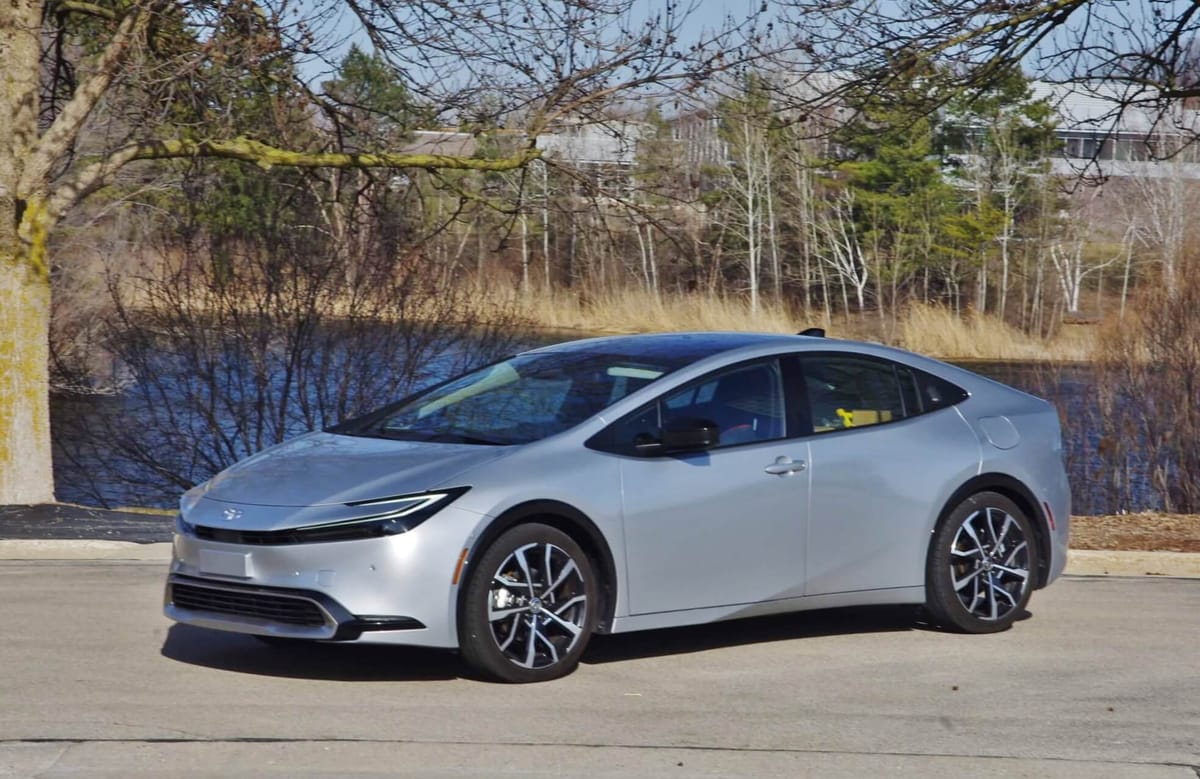
From its inception more than two decades ago, Toyota’s venerable Prius hybrid electric small family hatchback has always been more than a people mover. The Prius has stood as a symbol which encapsulates one or more movements. The environmentally super conscious hold it up as a beacon to be followed, plastering its rump with various save-the-planet stickers directed at gas guzzler operators. The economically thoughtful drive it as a middle finger salute to the petroleum industry. Peaceniks assert the reduced reliance on fossil fuels will stave off global conflict. Road safety advocates tout the customary Prius performance limitations will eradicate negligent driving.
There was a time when Toyota even believed that one size Prius was not enough, thus supplementing the classic hatchback with "V" wagon and "C" city models. Since then, the emissions reduction world has matured. Toyota, evolving with it, electrified all their non-performance volume car models. Even after optional plug-in charging tech was offered, just like that, the Prius fell from ubiquitous to "salvation from something" messenger to a relic from the dawn of vehicle electrification. Would the proliferation of a technology ushered in by the Prius nearly thirty years Prior, write an epitaph for a vehicle with a face and body whose mother only would love?
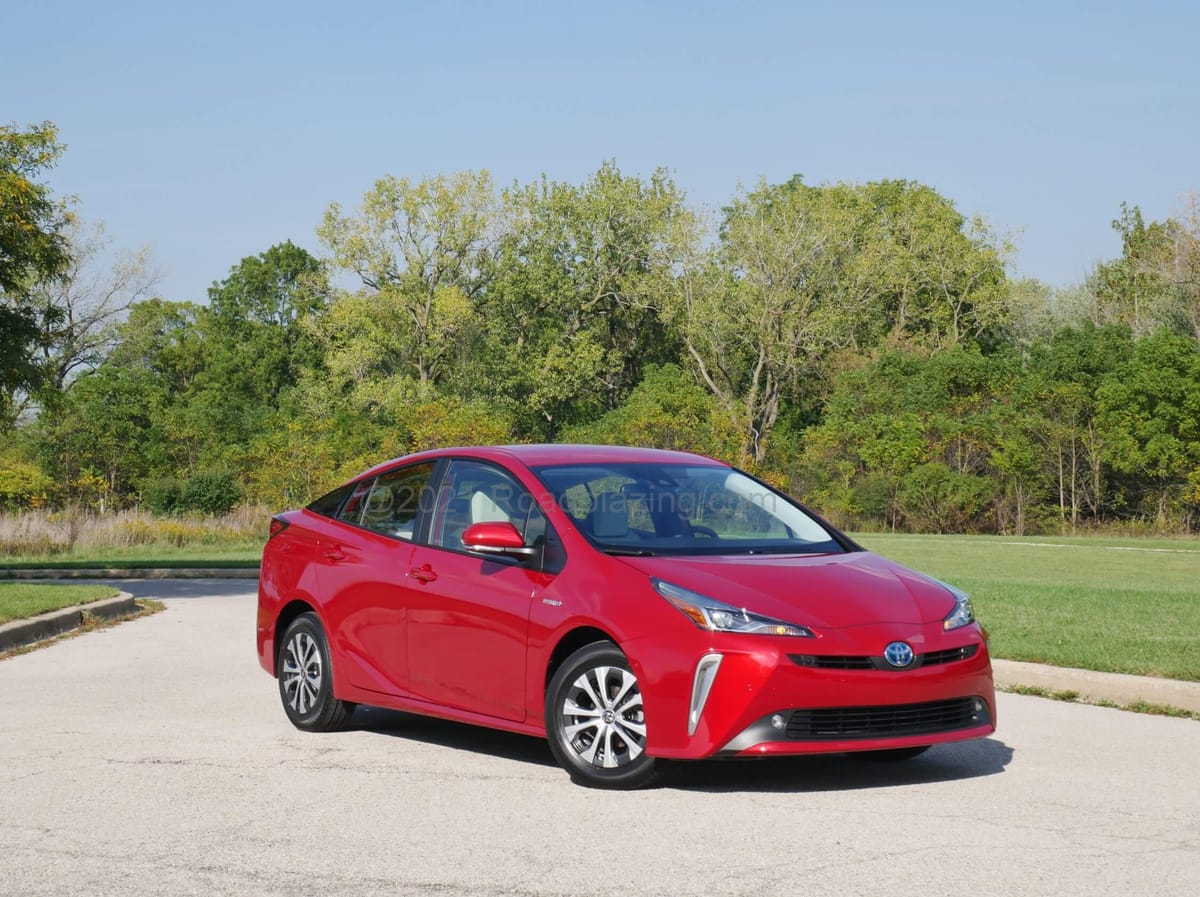
Instead, Toyota had another idea for a fifth generation version of the Previous trademark hybrid vehicle. Someone with enough pull insisted the new XW60 2023 Toyota Prius, would wear sensuous and athletic in the place of incongruous and languid.
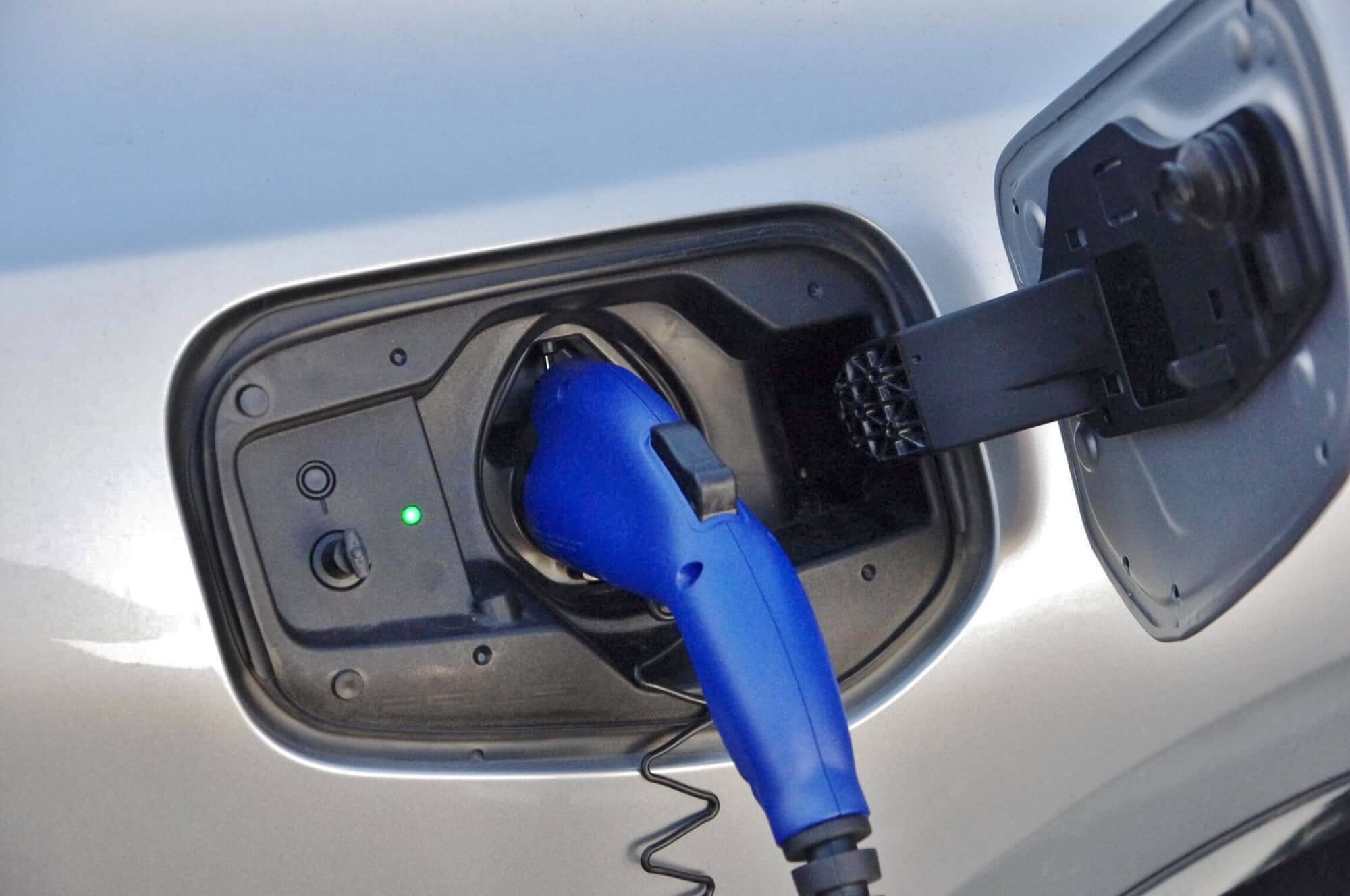
The 2023 Toyota Prius Prime reprises plug-in gas battery hybrid power for a third time, but with much more palatable results. The tested Prius Prime XSE Premium, rolling on large 19" wheels, with lower profile touring tires, is rated for up to 39 all electric miles, (32 miles under this journalist's hands and feet). While other less aggressively shod Primes will run silent as far as 42 miles, on average it is at least a 60% improvement over the previous generation XW50 series, credit to 50% greater battery capacity.
Toyota claims 11 hours are required to fully charge a depleted Prius Prime 13.6 kWh Li-Ion battery pack when attaching the supplied 120 volt charging cable to household electric current. to fully charge its depleted 13.6-kWh lithium-ion traction battery. In the event of access to 240 volt (Level 2) supply, the onboard 3.5 kW charger will slice the re-charge time to four hours. An illuminated charging port is a considerate touch useful in night-time charging away from home.
The improved 2023 Toyota Prius Prime battery specs imply usable commutes in of about 40 miles. Thereafter, the Prius Prime ambulates quietly via its traction motor. At low speeds, you’ll hear Sci-Fi-like pedestrian warning sound effects. Go farther than its EV range, and a raucous 150-hp 2.0-liter gas engine kicks in. This mill didn’t churn during a daily 24-mile round-trip wintry commute. Toyota’s battery electric operation knows how to accomplish silence. Engine intervention, however, convenes an aural affront.
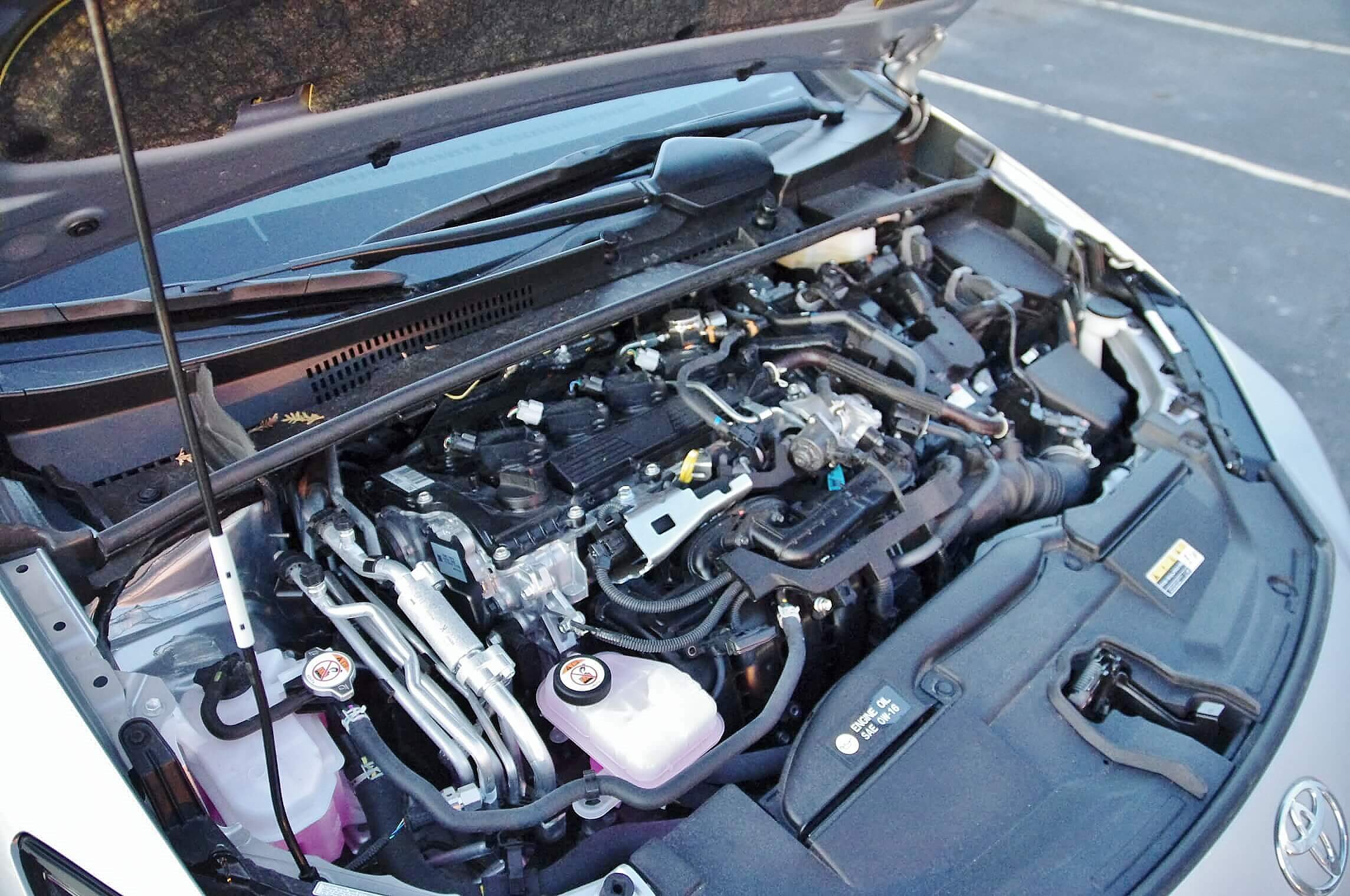
Toyota rates the combined engine/motor horsepower at 220, or nearly 100 more ponies than aboard the previously timid XW50 Prime. Hence, the 2023 Prius Prime is no longer a door mat for hurried highway mergers. Acceleration from null to the 60 miles per hour mark drops by a 3 count to the 7 second ballpark. The 161-hp electric traction motor is relatively lusty. A supplemental starter/generator motor controls Toyota’s electronically controlled continuously variable transmission— a planetary gearset with chain and clutch.
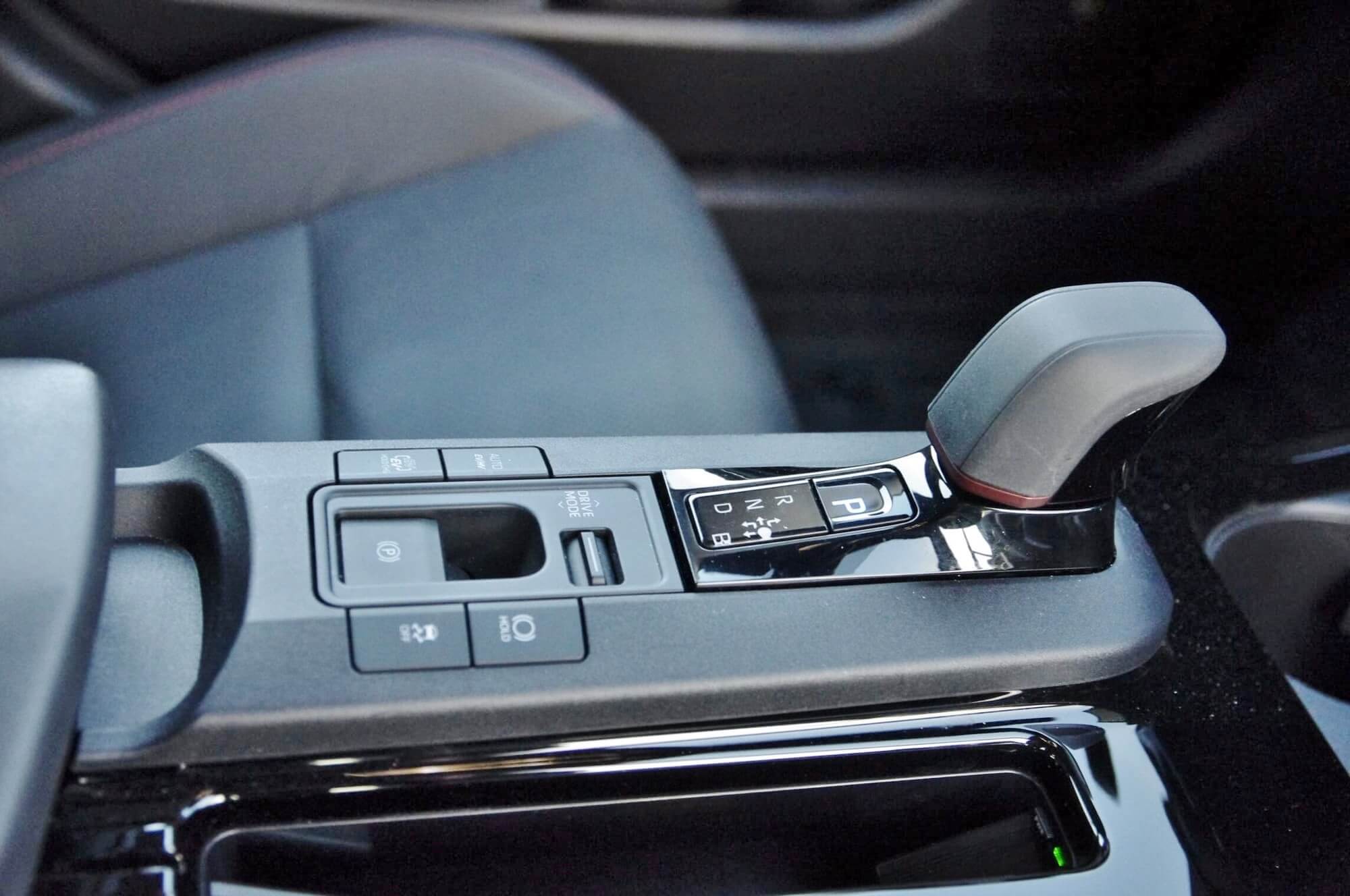
Drive position is selected via the new, corporate wide, shift-by-wire center console-mounted upright joystick lever. The days of the lapis lazuli colored lower center stack mounted lateral slot lever have passed. The sensation of pulling far back on the lever to engage drive feels natural enough. Engaging Reverse emulates some manual transmissions with a movement down from park then to the left. Press the button marked "P" only when fully stopped. A challenge for even the most logically minded Vulcan is the barest nudging required to select Neutral. A warning to the wise. Don't try this for the first time at a car wash.
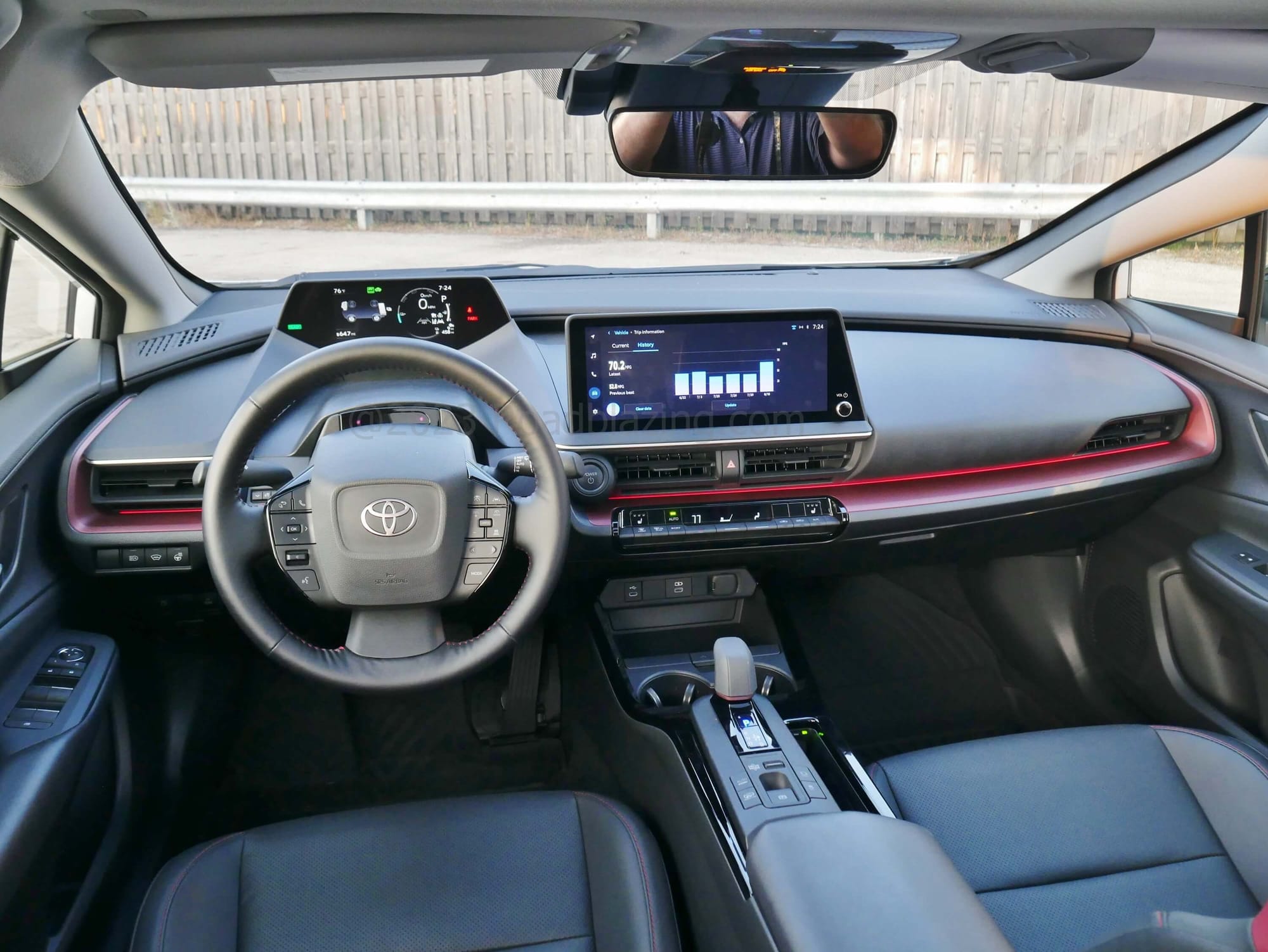
2023 Toyota Prius Prime propulsion happens via electric motor(s), engine or a combination thereof. Select Auto EV mode, firmly plant the accelerator and the Prius Prime is supposed to summon both gas and electrified forms of propulsion. However, at each start cycle the test vehicle supplied by Toyota curiously defaulted to pure battery electric EV mode.
The EPA’s combined fuel economy is 48 mpg. The combined, combined electric and gas vehicle receives an EPA 114 MPGe rating with 29 kWh per 100 miles. Those who regularly travel greater distances should consider the standard Prius. The 240-lb heavier Prime consumes more fuel—about eight mpg more on the highway.
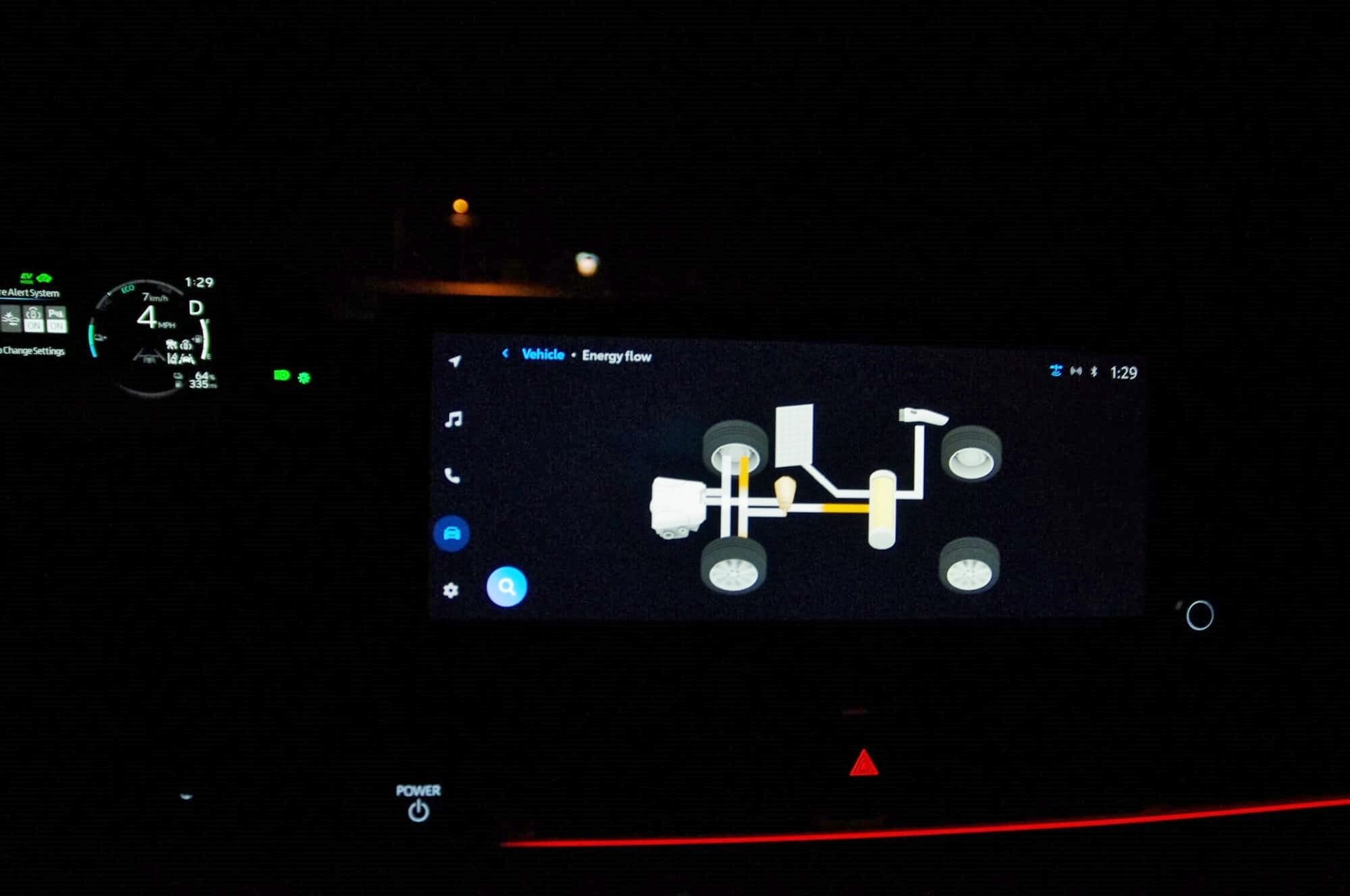
In the name of renewable energy, a solar charging roof adds $610 to the tab for the 2023 Toyota Prius Prime XSE. Since the test cycle week consisted of many cloudy days it wasn't feasible to easily extrapolate the renewable electricity contribution even as the Toyota Connected infotainment screen power flow display indicates activity at the solar panel. Though there is no real time display of electric kW generated, consumed, or regenerated as in Hyundai Kia products, shutting the vehicle brings up an energy use summary in the instrument cluster.
Cabin heat in the 2023 Prius Prime XSE comes courtesy of a heat pump which recirculates heated battery pack coolant and warms it electrically to condition the battery for ambient cold weather. Therefore, the Prime can motor as an electric vehicle in cold weather. It doesn’t require the engine’s hot coolant–interesting words--to warm the interior. The electric heater’s output, however, is tepid. Use the electrically toasted seats and steering wheel urges Toyota.
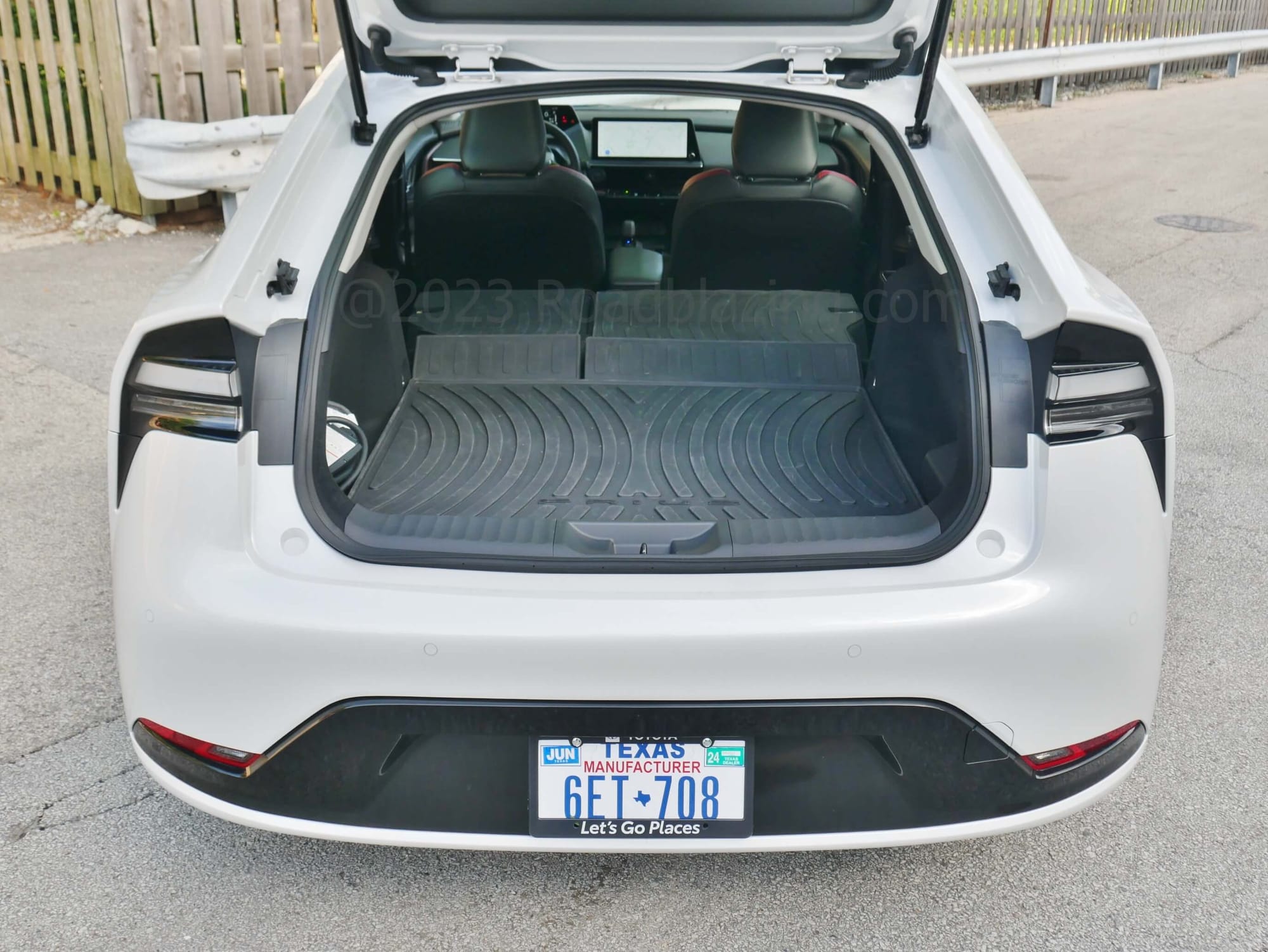
The newest Toyota Prius wears a sexy wrapper. The rakish front with hammerhead shark-like motif rises toward the aft seating area where it slopes the other way ending with a liftback/fastback. The black-roof treatment resembles a 1967 AMC Marlin’s. The rakish appearance comes at a cost, most noticeably in human ingress / egress. More than once, this journalist's backside smacked into the B-pillar when ducking into the cockpit now constrained by such a rakish windshield/roof. It would be advised not to ask about the skinning of this journalist's right shin perpetrated by an offending sharp lower left dashboard panel. The sloping second row roofline seems a harbinger of scalp incursions for taller folk and it impacted cargo bay load height. In sum, the 2023 Prius has made Faustian compromises on usable space and rear-ward visibility to become Milan fashionable.
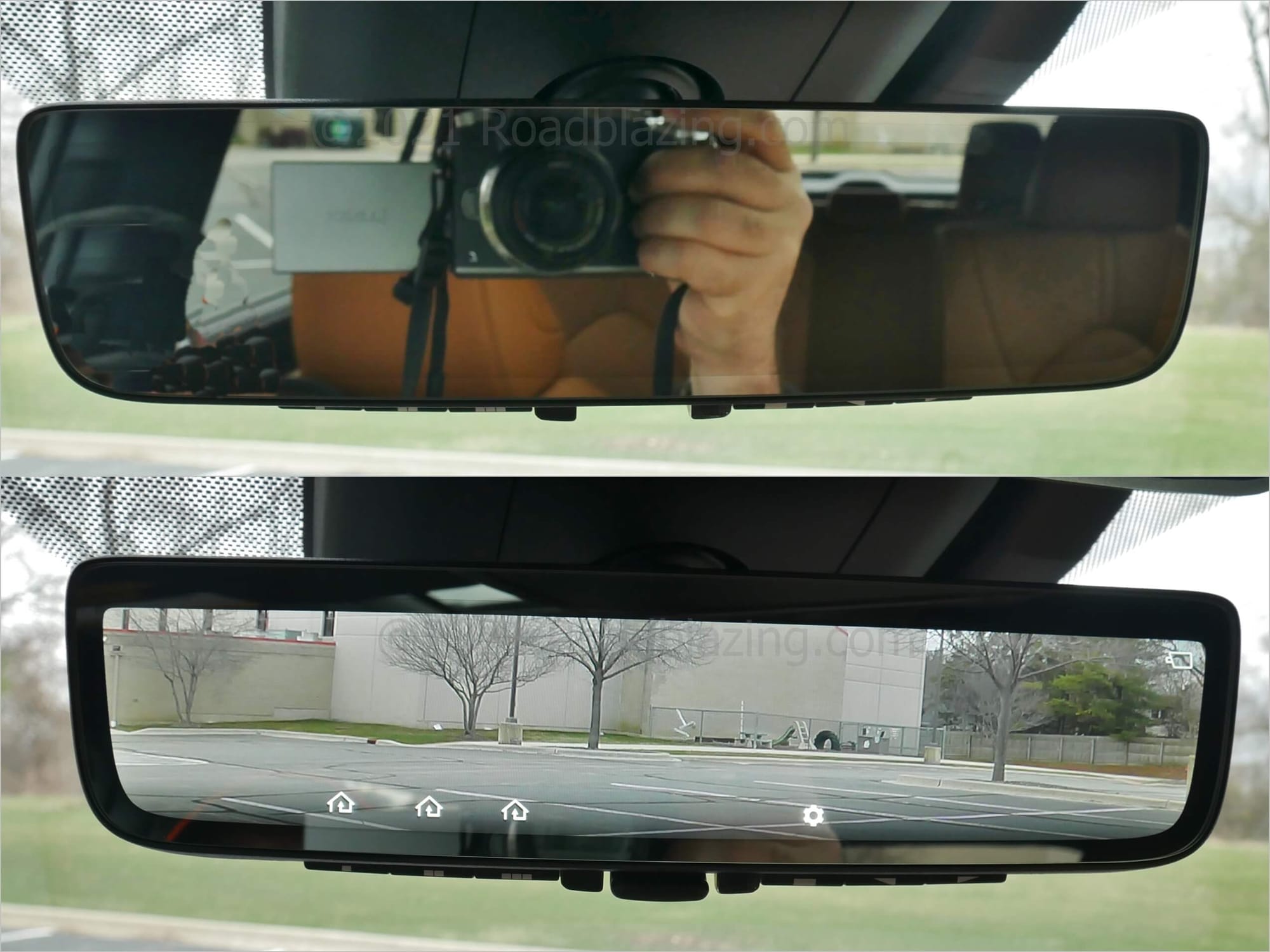
Because the backlight is far slimmer than is the past, the optional Digital Rearview Mirror ($200) on the test 2023 Prius Prime XSE Premium, with live video feed aft of the vehicle, seems requisite. The latest cargo bay jumping technology offered throughout the Toyota and Lexus lines, calls out movie-director Todd Haynes’ use of vintage Hollywood rear-projection motoring visuals. The wider-than-normal view of things whizzing behind you takes some getting used to.
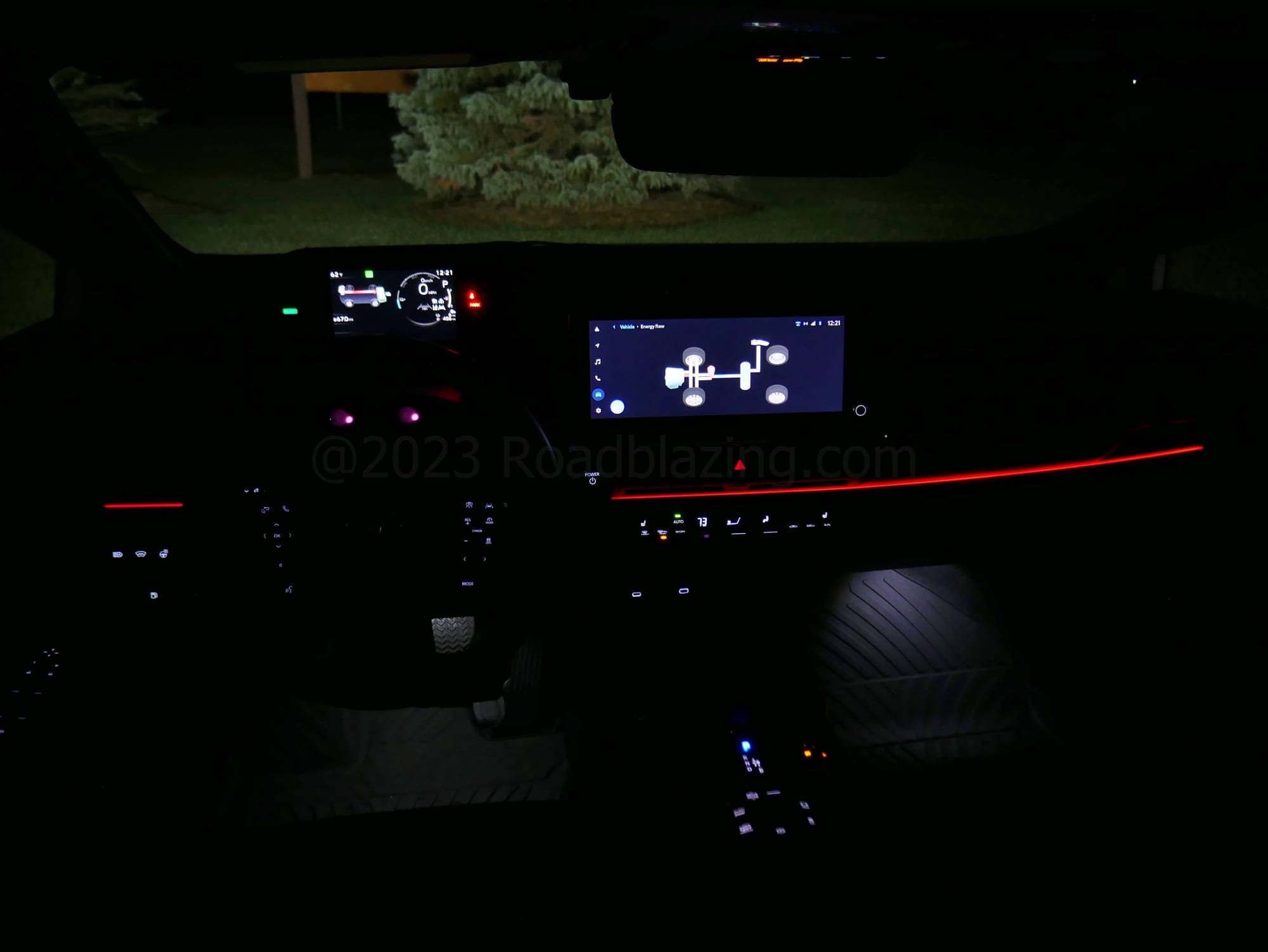
If the odd locating/ positioning of instrument clusters is a given for Prii the relocation directly ahead of the driver smacks of conventional but with a twist. A new seven-inch display is placed far forward of the driver, but still well shy of the windshield base. As a result the driver display is visible only above the upper steering wheel rim, rather than between the steering wheel upper gap. This necessitates lowering the steering wheel tilt nearly into the driver's lap. Combined with the much closer 12.3-inch center touchscreen the new Prius Prime's cockpit displays pose blurred visual transitions for drivers like this journalist who wears progressive lens eyewear. It’s crammed with too many road-going/vehicle-system hieroglyphics. Plus, I had to bob my head to view the touchscreen.
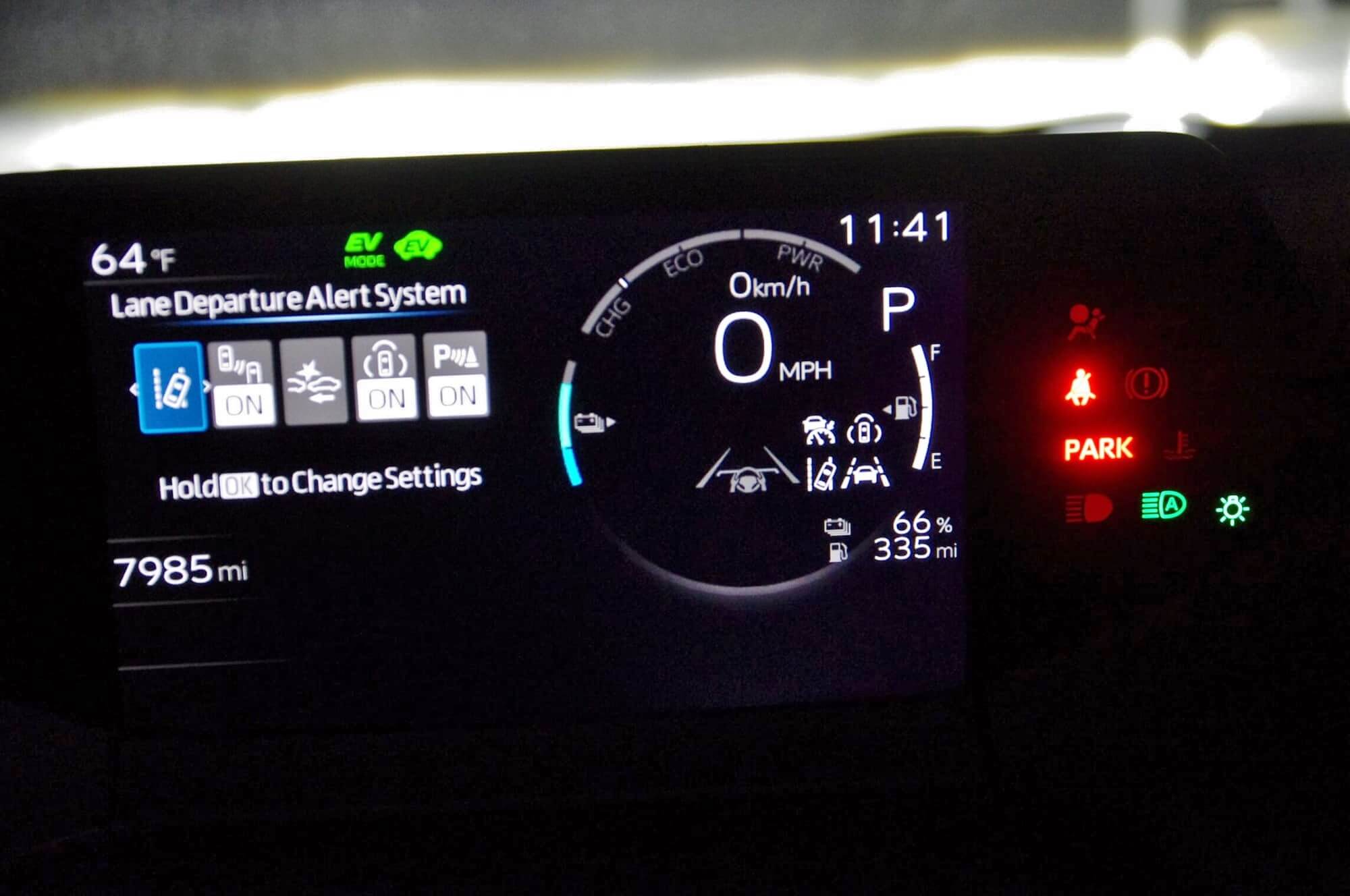
The surround-view parking aid behaves like some face-detecting cameras. Yellow boxes on the video display mark nearby obstructions. Toyota augments these visual cues with audible alerts. In crummy wintry weather, the camera lens or lenses are blurred. You’ll find scraping the windshield’s ice or snow straightforward; it has easy-lift windshield wipers.
As tested, the 2023 Toyota’s Prius Prime XSE Premium’s price with a couple add-ons is a not inconsiderable $42,590. For a car supposed to be endowed with a sporty flavor, the feedback to driver inputs [such as from the murky brake pedal] are still too filtered. Wide tires, a low center-of-gravity and nearly silent EV motion, however, make the new Prius Prime elevate the everyday grocery getter to a greater level of spryness. For those making the transition from previous generation Prii, concessions will be made in roominess, outward visibility, and grouping some secondary switchgear out of a direct line of sight.
Audiophiles may find the premium JBL audio system occupies too narrow a soundstage. App projection fans will appreciate the inclusion of wireless Android Auto and Apple CarPlay, as well as six USB-C ports. The slim pocket design of the inductive phone charger cleverly saves center console space. Bluetooth phone pairing is more streamlined these days, yet sometimes the Toyota system stalls on switching from bluetooth to wireless device projection.
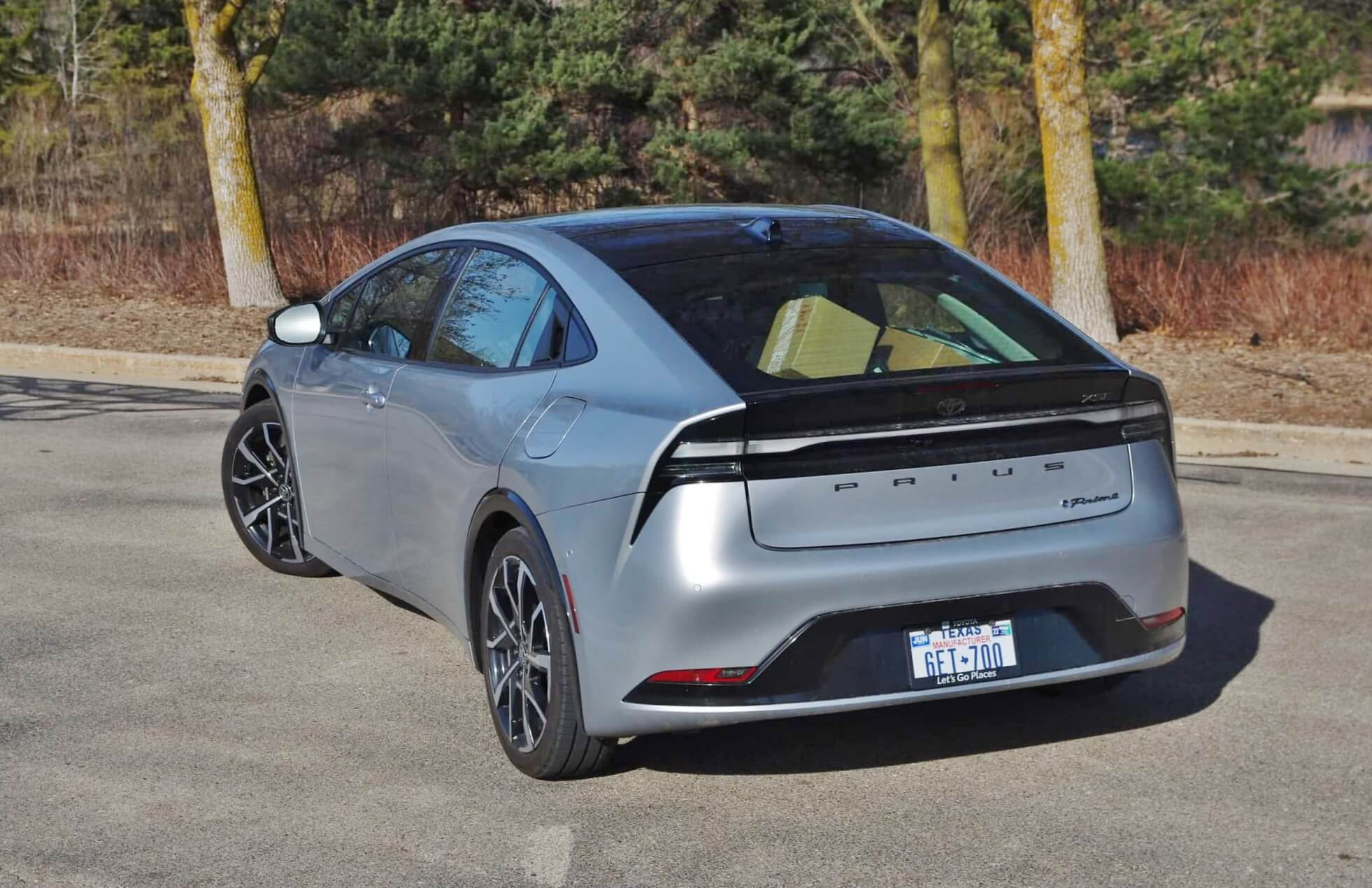
In sum, the 2023 Prius Prime’s slick sanitary styling and EV-mode motoring moxie produce a more frisky driving experience than ever thought possible in its more appliance like precursors. Then again, stalwarts of the old might wish that Toyota hadn't messed with the old recipe, which emphasized a quirky look but exceedingly practical shape, more generously sized for four adults and their luggage. With its newfound styling frippery, despite its thrifty ways, the 2023 Prius seems almost antithetical to those save-the-plant bumper stickers.
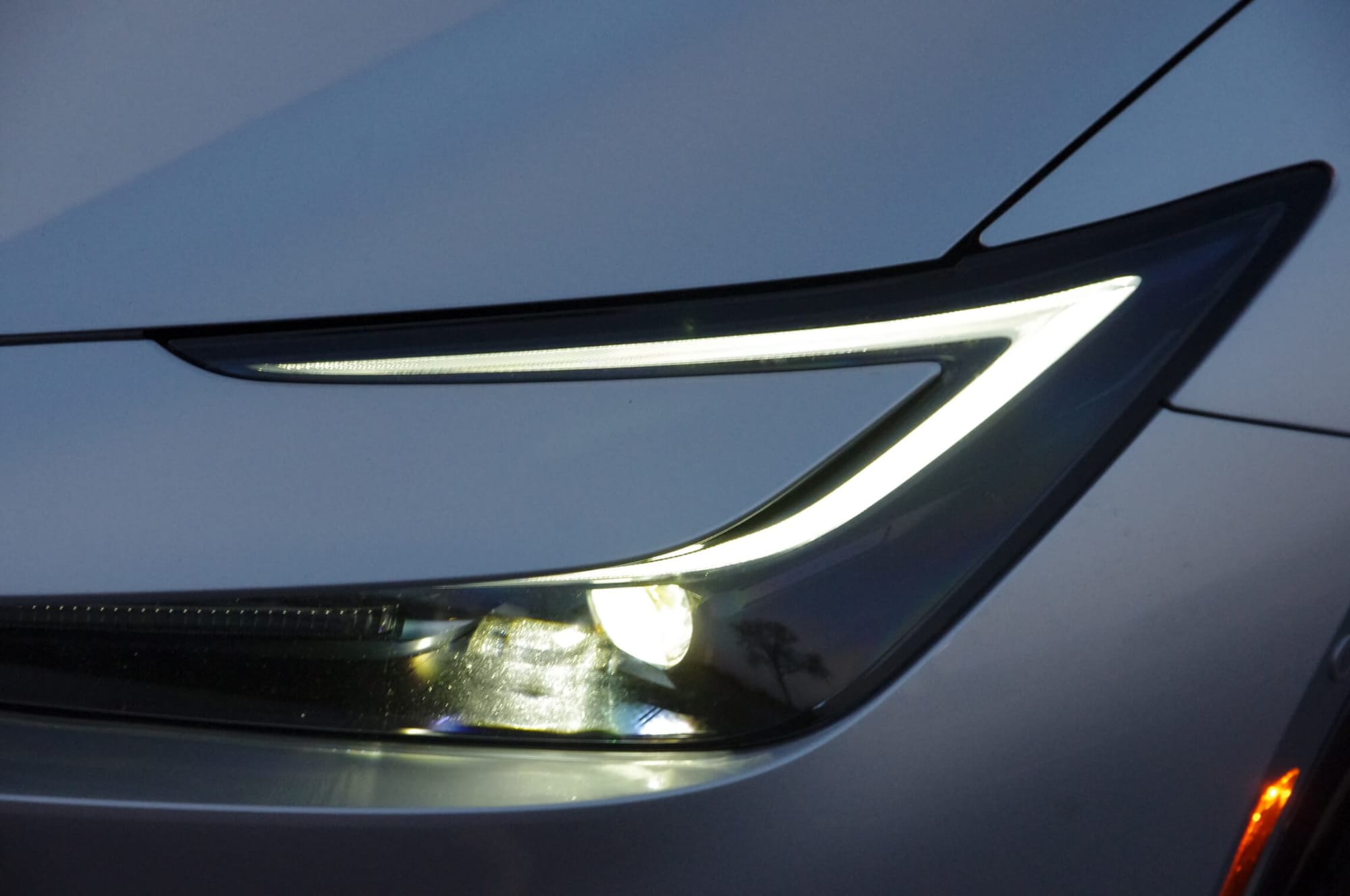
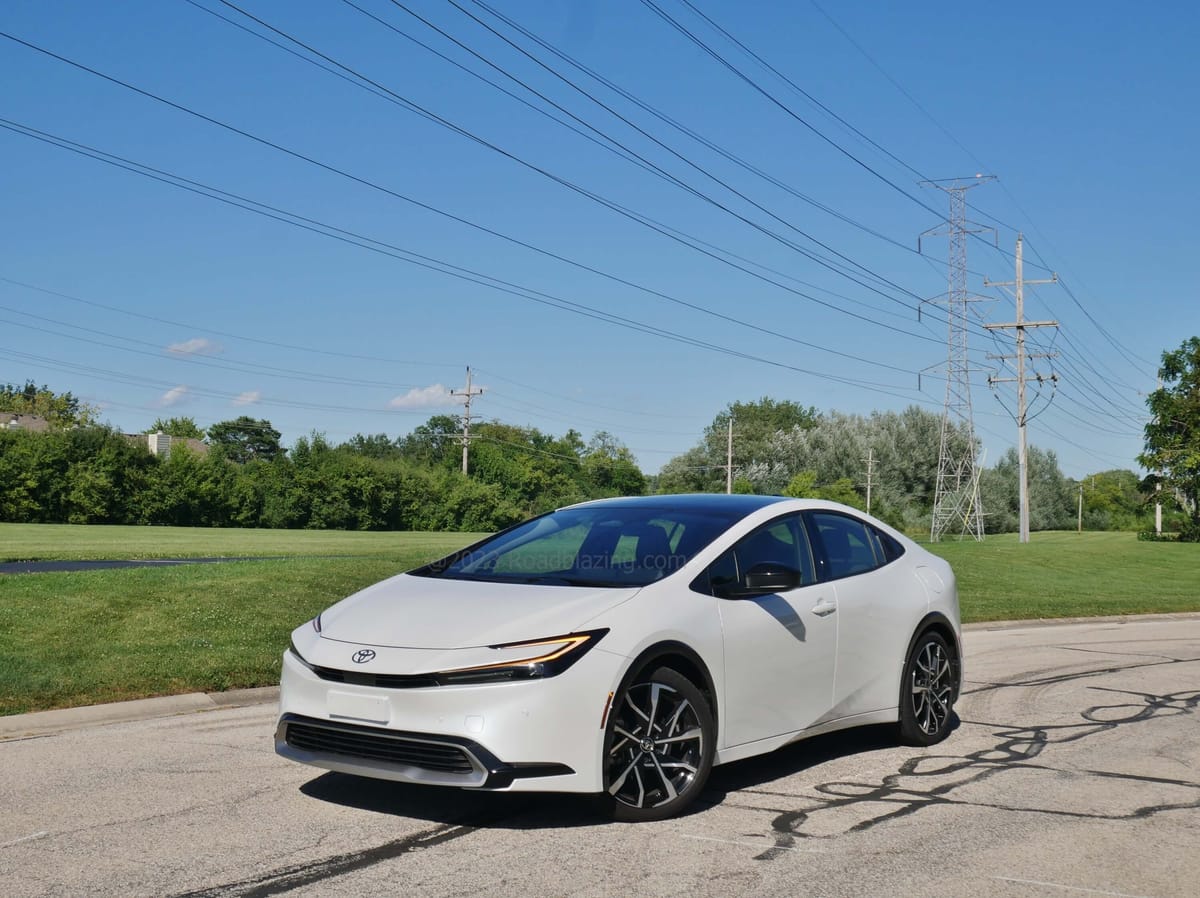


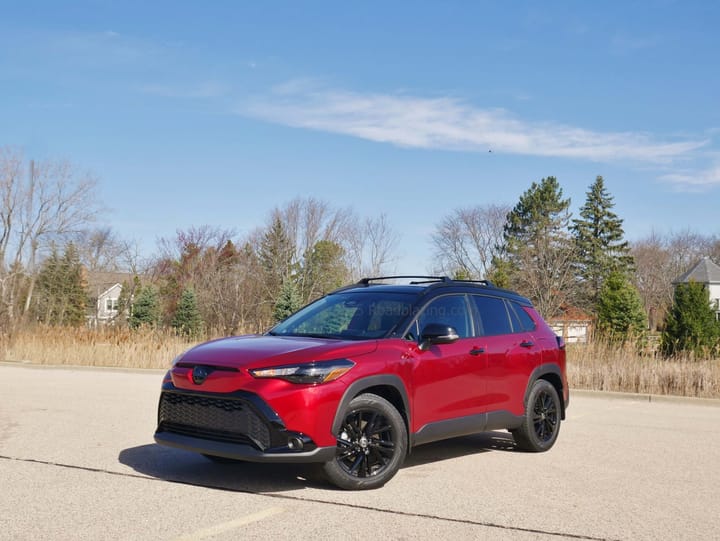
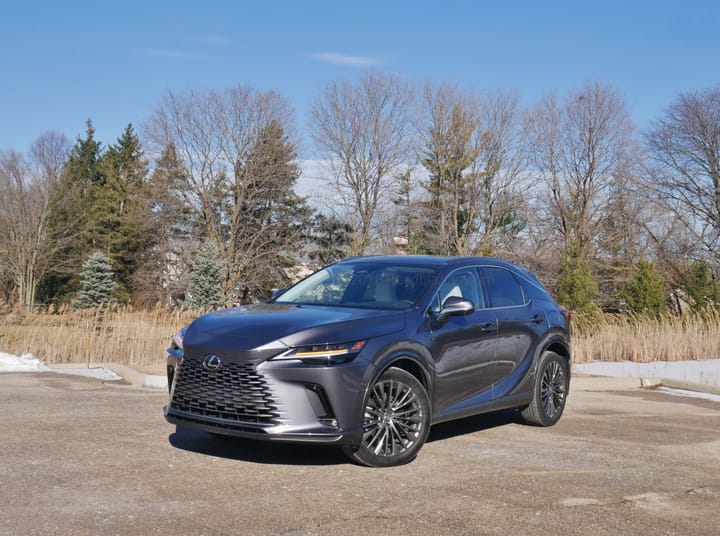
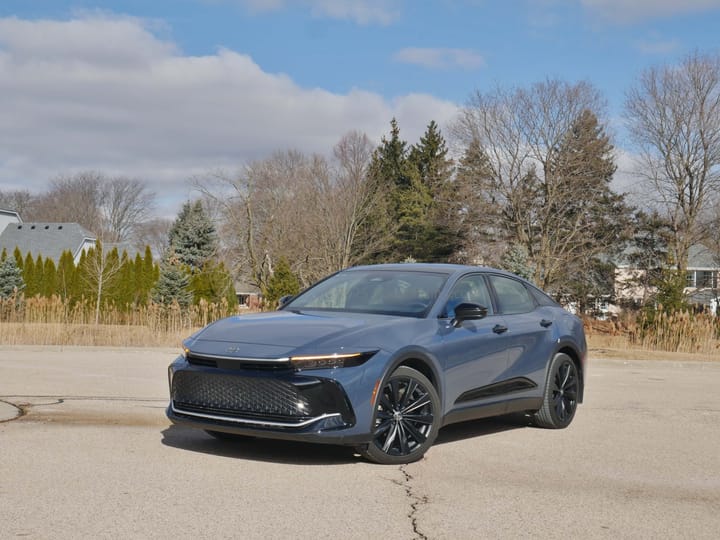
Comments ()